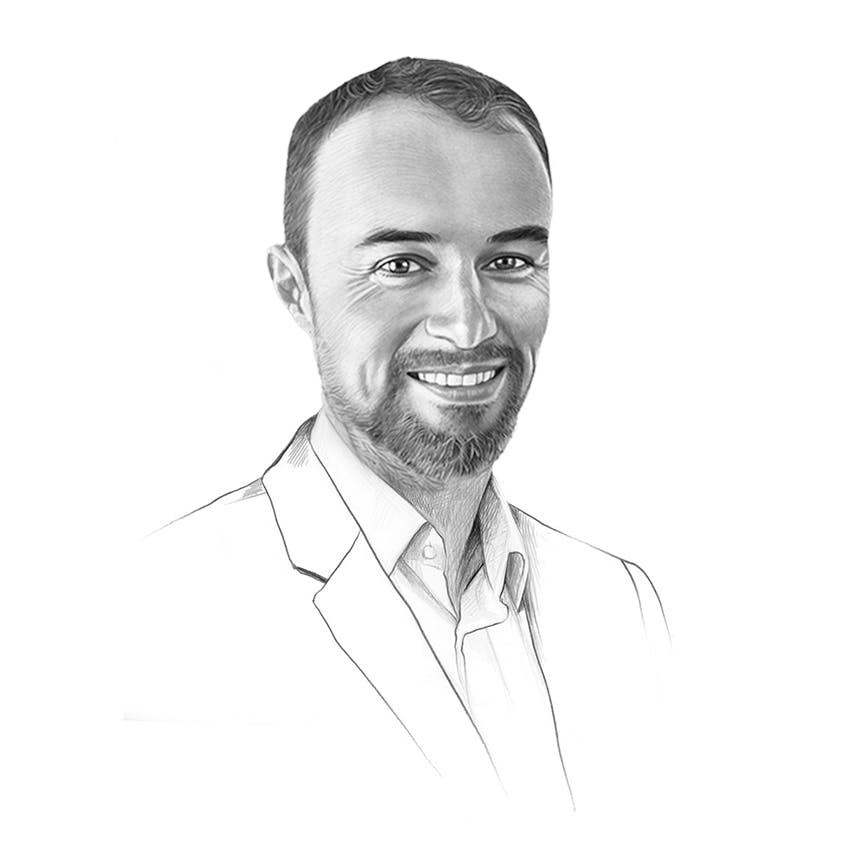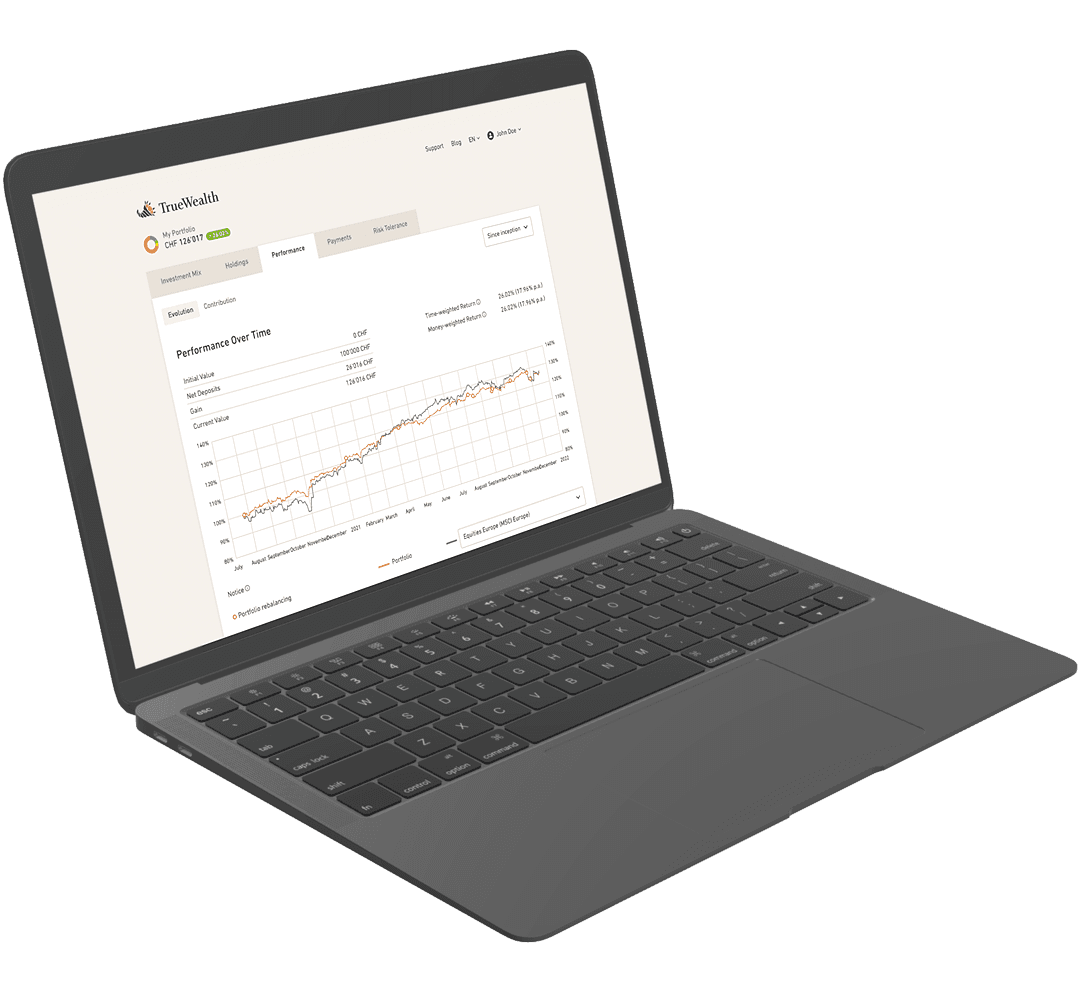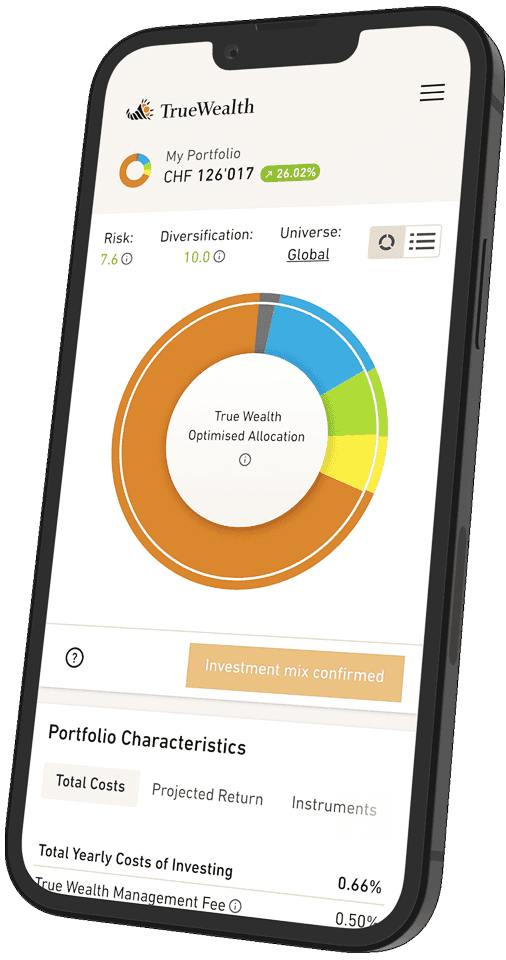#35 Voluntarily paying into the 2nd pillar: is it worth it?
In Switzerland, employees pay contributions to their pension fund together with their employer. These contributions are crucial for retirement provision and are intended to ensure a person's standard of living in old age. But what happens if there are gaps in contributions during a person's professional career?
Voluntary purchases of pension fund benefits can be used to close contribution gaps and save taxes at the same time. Such gaps may arise, for example, as a result of a period of study, a career break to have children or a trip around the world. However, a pension gap also often occurs when income increases during a person's career. This is because higher wages also increase contributions to the pension fund, and retroactive purchases can compensate for this difference.
At first glance, it seems contradictory that a higher income creates a gap. However, this is easily explained: the first and second pillars of retirement provision generally guarantee around 60 percent of a person's final gross income in the form of a pension after retirement. If the pension is less than this, there is a gap in your pension cover. In practice, this 60 percent is often insufficient – experts believe that around 80 percent is more like it if you want to maintain your standard of living. This is why voluntary pension insurance is becoming more and more important.
The amount of the contribution gap and the maximum purchase potential can be found on the annual pension certificate issued by your pension fund. If you also have a vested benefits account or have made early withdrawals for home ownership, you must deduct these amounts before purchasing into the pension fund.
Tax aspects of voluntary purchases
A significant advantage of voluntary purchases into the pension fund is the possibility of benefiting from tax relief. The amount can be deducted from your income in the year of the payment, thus reducing your income tax. As with Pillar 3a, a lump-sum withdrawal from Pillar 2 is also taxable at a later date. A capital gains tax is incurred, the amount of which varies from canton to canton. It is therefore advisable to check whether the current tax relief is higher than the subsequent tax burden in the event of a lump-sum withdrawal. If you opt for the pension option, the pension will be taxed as normal income.
Due to progressive taxation, it may be worthwhile spreading the purchase over several years instead of paying the entire amount at once. This can break the progression. As with Pillar 3a, the capital accumulated in the pension fund is exempt from wealth tax.
However, please note: the legislator has introduced a three-year blocking period after the last purchase for the capital withdrawal. This is to prevent purchases shortly before retirement from being used for tax optimization. If this deadline is not met, the tax office will consider this as tax evasion and will demand the tax savings back retroactively.
But what is better: pension fund purchases, 3rd pillar or free investing?
According to a study by ZKB-Swisscanto, the average interest rate of pension funds is 2.44 percent. This is significantly less than the long-term expected return on a growth-oriented equity portfolio, which is between 5 and 7 percent. This discrepancy is not surprising, since pension funds, due to their structure, are not solely focused on the long-term investment interests of the insured – they must also ensure the ongoing pension payments.
Furthermore, the second pillar is subject to political influence. The Federal Council, for example, sets the minimum interest rate for mandatory pension capital (salaries between the entry threshold and the upper limit, the BVG maximum). Those who earn more than the BVG maximum, i.e. CHF 88'200, also pay into the non-mandatory portion of the pension fund. Successful investment results in the non-mandatory area can be used to subsidize the mandatory portion, which leads to a redistribution from young to old and from high earners to low earners.
This politically motivated redistribution is eliminated with discretionary asset management and Pillar 3 accounts. In these accounts, the accumulated assets are yours and you can invest them as you wish. However, there is a tax-deductible upper limit for pillar 3a accounts: from 2025, this will be CHF 7'258 for employees and CHF 36'288 for the self-employed.
Your personal retirement strategy
Historically, the interest on pension fund capital has been well below the net return on a globally diversified equity portfolio. The return on a voluntary pension fund purchase results primarily from the tax savings on the purchase. The shorter the lock-in period for the pension fund contributions, the higher the calculated annual return. In the years before retirement, taxable income is usually highest, which is why purchases are particularly worthwhile due to tax progression.
Financial planners recommend considering a purchase into the pension fund when retirement is foreseeable, when contributions can be optimally distributed for tax purposes and when the tax effect is considerable. Since each case must be individually evaluated, it may be useful to consult an independent financial planner or tax advisor. When doing so, make sure that the advisor is independent of banks and asset managers and does not receive any commission.
How do you plan to invest your capital for retirement? Send me a message with your thoughts and questions.
About the author

Founder and CEO of True Wealth. After graduating from the Swiss Federal Institute of Technology (ETH) as a physicist, Felix first spent several years in Swiss industry and then four years with a major reinsurance company in portfolio management and risk modeling.

Ready to invest?
Open accountNot sure how to start? Open a test account and upgrade to a full account later.
Open test account